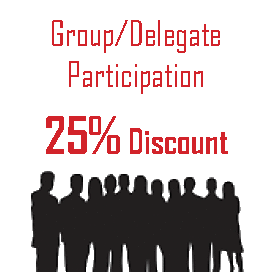
William P Gallagher Jr
American Academy of Motor Vehicle Injuries, USA
Title: Understanding the mechanism of injury: A means to provide better direction for proper diagnoses in motor vehicle collisions
Biography
Biography: William P Gallagher Jr
Abstract
Statement of the Problem: Diagnosing any disease or injury can be a challenge even for the most experienced physicians. Studies dating back to the 1999 Institute of Health report, To Err is Human estimated up to 98,000 die each year in the US due to medical errors and to death by medicine in 2011 that calculated 784,936 deaths, making medical errors the leading cause of death in the US. Unfortunately, the all too common lack of proper diagnosis not only exposes the doctor to malpractice but it also leaves the patient with inappropriate treatment and quite often a failure to recover. With motor vehicle collisions, understanding the mechanism of injury is an essential tool toward a better diagnosis.
Literature Review: Past studies with live subjects offer a better understanding of spinal motion and what structures can be injured. Unfortunately, knowing the probability of injury it is difficult to do additional live testing today to observe injuries that were overlooked in past studies. This is of particular concern with concussions/traumatic brain injuries that until recently were commonly overlooked. Testing on these injuries today is primarily with athletes and military personnel with little information on motor vehicle collisions. What we lack in knowledge of the mechanism of injury becomes evident in our failure to diagnose so many conditions.
Conclusion & Significance: Live subject studies can in part be replaced by digital modeling. Coupled with existing knowledge of biomechanics this can be a useful resource. For the most part the ability to diagnose injuries still goes back to the basic foundation of a good history. Understanding the mechanism of injury is an essential starting point for that history and in turn the means to a better diagnosis.

